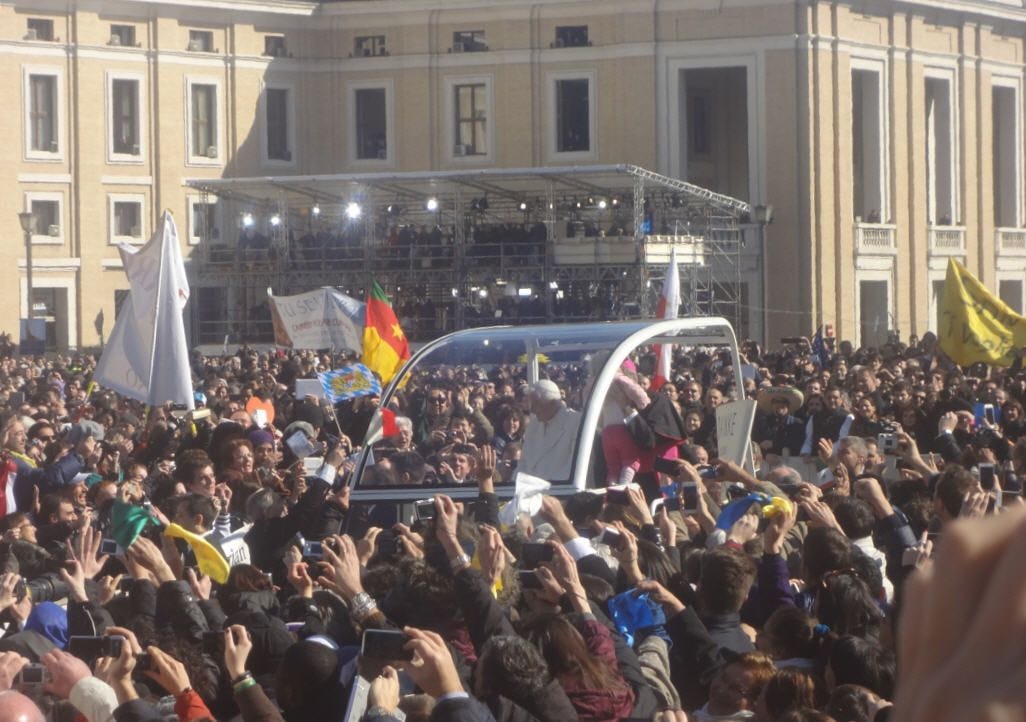Benedict XVI's big decision: Can a pope really just resign?
What exactly did it mean for the pope to step down? How does it work?

As the world mourns former Pope Benedict XVI, who died Saturday at age 95, one aspect of the late former pope’s life is mentioned more often than any other: his 2013 resignation from the See of St Peter, which was the first time in centuries that a pope had stepped down.
But what exactly did it mean for a pope to step down? How does it work?
And what can …
